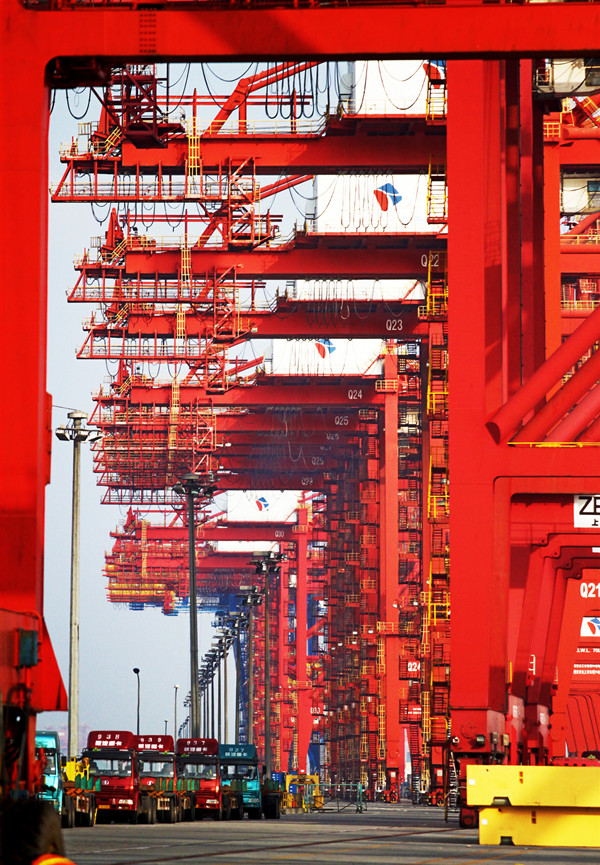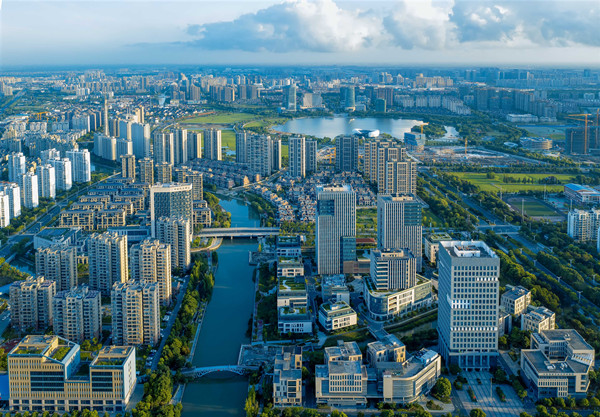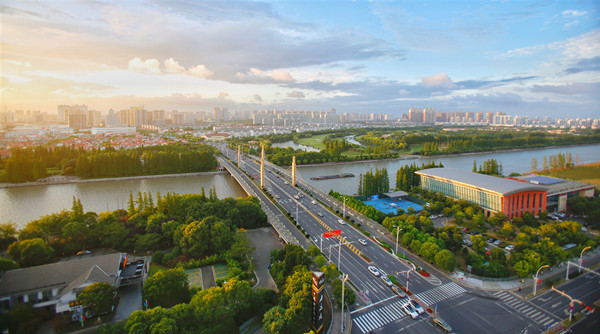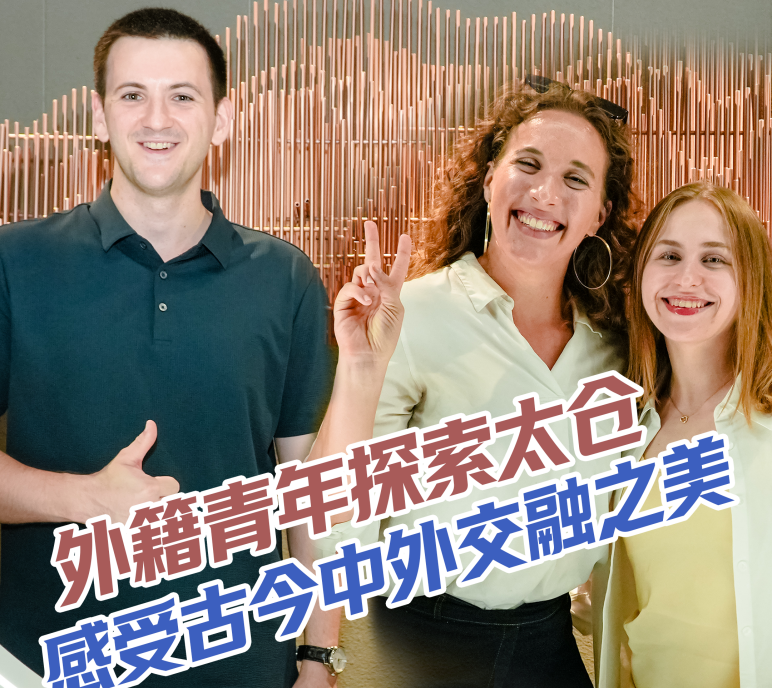Will Suzhou curb motor vehicle ownership?
Car ownership problems have begun to weigh heavily on our minds for not one reason, but two.
On December 15, in order to reduce traffic congestion and air pollution, the northern municipality of Tianjin made an abrupt announcement that the city will im-pose a quota on its new car plates starting the very next day (last Monday). Here in Suzhou, a moderate rainfall made last Monday one of the most congested Mondays in the city’s history.
Tianjin registered 2.36 million motor vehi-cles by the end of 2012; the number in Suzhou was 2.35 million.
The similarity is exactly where the worry lies, especially for those who haven’t bought a car and those who have yet to decide whether to purchase another.
But will Suzhou also limit car ownership by imposing a quota on new car plates? Suzhou Road Traffic Safety Regulations effective since May 1 made clear for the first time that the gov-ernment is allowed to curb the purchase of mo-tor vehicles and limit the number of them on the road.
Specific measures include limiting motor vehicle ownership, regulating motor vehicle types, reducing their use, and raising the cost of driving motor vehicles.
The regulations provide a legal basis for fu-ture policies. But when the regulations were published, the spokesperson for the traffic de-partment said citizens did not need to worry because the current traffic conditions would not require such measures.
Motor vehicle ownership in Suzhou has grown rapidly in the past few years. In the early stage of China’s Eleventh Five-Year Plan (2006-2010) there were only 300,000 motor vehicles in the city. But with an annual car growth of 20%, by the end of 2010, the num-ber of cars surged to 2.06 million, of which 1.27 million belonged to private owners. Some boom periods saw over 1,000 cars registering for plates every day.
With 2.35 million motor vehicles, Suzhou had the fifth largest number of motor vehicles among all Chinese cities, and the most among all prefecture-level Chinese cities. That num-ber has grown to nearly 2.6 million –an as-tounding growth of 10% in less than a year.
Statistics show that the emissions of nitro-gen oxides, hydrocarbons, and carbon monox-ide totaled 65,000 tons, 62,700 tons, and 516,400 tons respectively in 2012. Gas emis-sions from motor vehicles have contributed a greater percentage of total pollutants since 2006.
Metropolises like Beijing, Shanghai, Guangzhou and Tianjin have taken measures to curb car ownership, but reliable sources have told Suzhou Daily that traffic conditions here are still under control and curbing car owenership is not yet necessary.
Many netizens, however, said the govern-ment should consider limiting car ownership as well as the number of cars on the road. “The roads are not wide and parking spaces are lim-ited. Suzhou will become a huge parking lot if there’s no restriction,”one netizen said.
“I think it is necessary for Suzhou to curb car purchases in the long run, but we can first limit those on the road,”said Jiang Zhengping, a member of Suzhou Political Consultative Committee.









